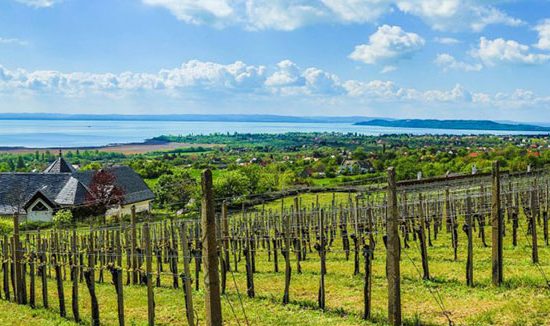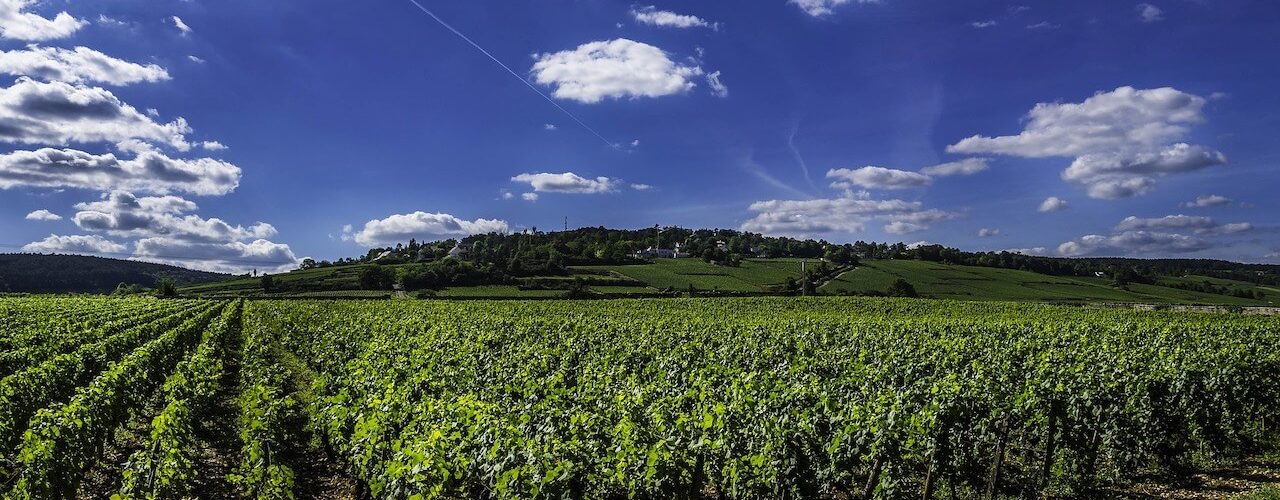
Hungarian wine regions
Hungary was one of the pre-eminent wine producing areas of Europe, until the majority of its vines were wiped out by a fungus in the 1800’s.
Since then, Hungarian wine production has been steadily increasing, and it is now the seventh largest producer of wines in Europe.
There are 22 Protected Designation of Origin (PDO) wine regions in Hungary, as well as at least 14 grape varieties which are unique to the Hungarian countryside.
Eger is Hungary’s Burgundy...

If Villány is Bordeaux, then Eger is Hungary’s Burgundy. Rich in chalk, with a cooler than average climate. Let’s stop right here for a Chardonnay or a Pinot Noir. But there is much more to this almost 6000 hectares.
Királyleányka, Leányka, Olaszrizling and Hárslevelű on the white front, while the blue grapes represent themselves in Kékfrankos, Kadarka, Cabernet and Merlot. The defenders of Eger beat off the Turkish invaders, whipped into patriotic frenzy by the local blends of wine.
The roots of the Hungarian Bull’s Blood – Bikavér – reach back to these times, so don’t miss it. More recently it’s white sibling the Star of Eger – Egri Csillag – reigns here, so give it a try before you come to the reds.
Had enough of the city? Head for the Balaton - Balatonfüred

Europe’s largest inland lake, where the sun shines for more than 2000 hours a year. This is fiery white wine country, coloured by a few very drinkable reds from Tihany. The notes of the terroir on these 2143 hectares come from crystal slate, silica-rich red-rimmed sandstone, chalk and white dolomite.
Begin your trip with a glass of Rizlingszilváni. Thus soothed, encounter the thousand faces of the Olaszrizling. Leap from fruit to vegetation with some Szürkebarat. Even though Juhfark is considered to be from Somló.
But let us not forget the other whites, the Chardonnay, Ottonel Muskotály and Rajnai Rizling.
You are in the wild country of volcanic craters - Badacsony

1794 hectares of basalt, clay, sand and loess, so you can already imagine what is waiting when you open a bottle of wine from Badacsony.
You are swamped with minerals and pleasant saltiness, here where deep golden white wine is king. As you delight in the basalt syringas, enjoy a glass of Szürkebarát, Badacsony’s Pinot Gris which got it’s name from the monks who toiled the area in the middle-ages.
Beware, danger of botrytis, or noble rot. In outstanding years the grape can shrivel and sweeten, and you have never tasted anything like it. To lighten things up we have Tramini, Ottonel Muskotaly, Rajnai Rizling, Chardonnay and of course our good friend the Olaszrizling.
Spicy, mellow and drinkable - Szekszárd

Loess as far as the eye can see, and as deep as the root can reach. This is unarguably the land of robust, fiery reds.
It is worth beginning with a Kékfrankos Rosé. Crisp, refreshing, fruity and charming. For a lighter red, Szekszárdi Kadarka.
Spicy, mellow and drinkable. As we move on introduce yourself to the wide spectrum of the Kékfrankos, which reaches it’s head in the aforementioned robust Cabernets and Szekszárdi Bikavér.
Yes, Bull’s Blood! Compared to Eger’s, the Bull’s Blood of Szekszárd is stronger, more ferocious, but the argument over which region had it first loses all importance once you taste it.
The footsteps of the magical Aszú in Tokaj

First classified as a wine region in 1737, the name Tokaj has been on the lips of kings for centuries. The kings have mostly gone, but Tokaj remains. In fact she is showing some new sides to herself.
In the footsteps of the magical Aszú, Szamorodni. The meeting of the volcanic earth and local grapes (Furmint, Sárgamuskotály, Hárslevelű, Zéta, Kövérszőlő, Gohér) creates some heavenly dews that you will never find anywhere else.
To start with allow us to recommend scented, dry Muskotály before you dive into the wondrous depths of the Furmint and Hárslevelű. But be sure to leave time to get to the end of the dessert wines.
Neutral, mild bouquet and fiery, a real gentleman - Mór

Burgundia Chardonnay, Mosel Rizling, Rioja Tempranillo, Piemont Nebbiolo, Mór Ezerjó.
Neutral, mild bouquet and fiery, a real gentleman. You have never tasted rounded acids like this, so make sure you do. 750 hectares of loess, brown woodland soil, dolomite, clay and chalk.
For a gentle start, begin with Kiralyleányka or a Rizlingszilváni. The mildly citric, apricot bouquet will open your heart to Mór. Sauvignon Blanc, Tramini, Rajnai Rizling, Szürkebarát and if that wasn’t enough the Ezerjó – a thousand goodnesses – is a late, late dessert wine which gives true meaning to it’s name.
There is no lack of reds of depth and body around here- Kunság

2100 hectares wrapped in the arms of the Mecsek hills, with it’s own sub-mediterranean climate and ground of loess, chalk and clay.
Begin with a warming white of high alchohol content, like an Olaszrizling or Chardonnay. Take a moment before bringing out the big guns with a little Portugieser or Kadarka, and then here we go!
Kis will also certainly leave you speechless. We especially recommend his large steak!
The sky was cloudless and of a deep dark blue - Somló


